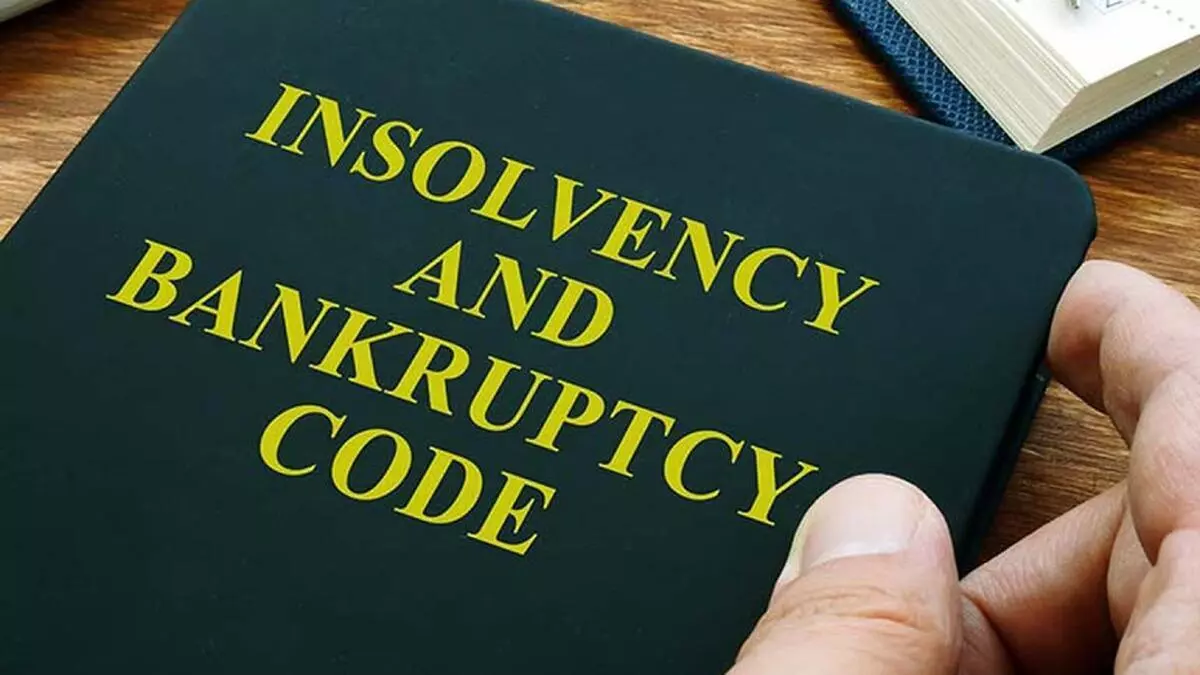4-Point Action Plan for Addressing Issues with IBC
The Insolvency and Bankruptcy Code (IBC) in India has undergone scrutiny and recommendations for improvement. A recent report by the Parliamentary Standing Committee on Finance brought into light persistent issues affecting the effectiveness of the IBC. The Committee emphasised the need for a structured approach to enhance the resolution process for distressed corporate assets.
Current Challenges in the IBC Process
The IBC has progressed in streamlining corporate resolutions. However, challenges remain. Key issues include conflicts of interest, lack of transparency, and delays in resolution. The framework for monitoring resolution professionals is weak. Additionally, operational creditors have limited representation in the Committee of Creditors (CoC). These challenges hinder the IBC’s potential to resolve insolvency cases efficiently.
Four-Point Action Plan
To address the identified challenges, the Parliamentary Panel recommended a four-point action plan:
- Direct Submission System: A central online portal for submitting resolution plans is proposed. This aims to ensure confidentiality and fairness in the submission process, preventing undue advantages.
- Enhancing Resolution Professionals’ Role: The Committee suggested strengthening professional standards for resolution professionals (RPs). This includes rigorous certification, specialised training, and independent performance reviews to ensure accountability.
- Transparent Monitoring of Timelines: A structured mechanism is needed to track the duration of insolvency cases. Implementing a tabular system would help monitor delays and processing inefficiencies, aiding policymakers in making informed decisions.
- Review of Committee of Creditors’ Structure: The structure of the CoC should be revisited to enhance the representation of operational creditors. This would ensure a more equitable resolution process, recognising the critical role operational creditors play.
Significance
The recommendations aim to boost the integrity and efficiency of the IBC. By ensuring confidentiality in submissions and enhancing the role of RPs, the resolution process can become more transparent and fair. Monitoring timelines will help address delays. Revisiting the CoC structure will empower operational creditors, leading to better outcomes.
Month: Current Affairs - March, 2025
Category: Legal & Constitution Current Affairs









S.swayamprskasam
March 23, 2025 at 12:12 pmAs observed and highlighted the lack of transparency ,delay in resolution process the different views of RP’s in the CIRP of a same group of industry with different units which comes under
Liquidation in the same group of Corporator debtor exists.Besides the representatives nominated for number of operational creditors is very meagre.TheRP /LIQUIDATOR acts as a supreme power and not giving importance to the operational creditors when compared with Secured creditors.The inordinate delay delay is observed by the observed by operational creditors in settling their remittanceof claim amount by the LIQUIDATOR .THE LIQUIDATOR is very keen in getting their Liquidation fees by placing and getting approval from COC in stake holders meeting as first agent and not giving dues importance for other issues by telling IBC codes .When the the creditors are expected to submit their claim with relevant documents as individual ,the rejection is not being communicated by RP to the individual credior concerned as like as getting votes from them.If a creditor wants to take up the matter about their grievances with NCLT there is no provision without any fees.